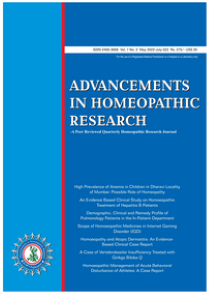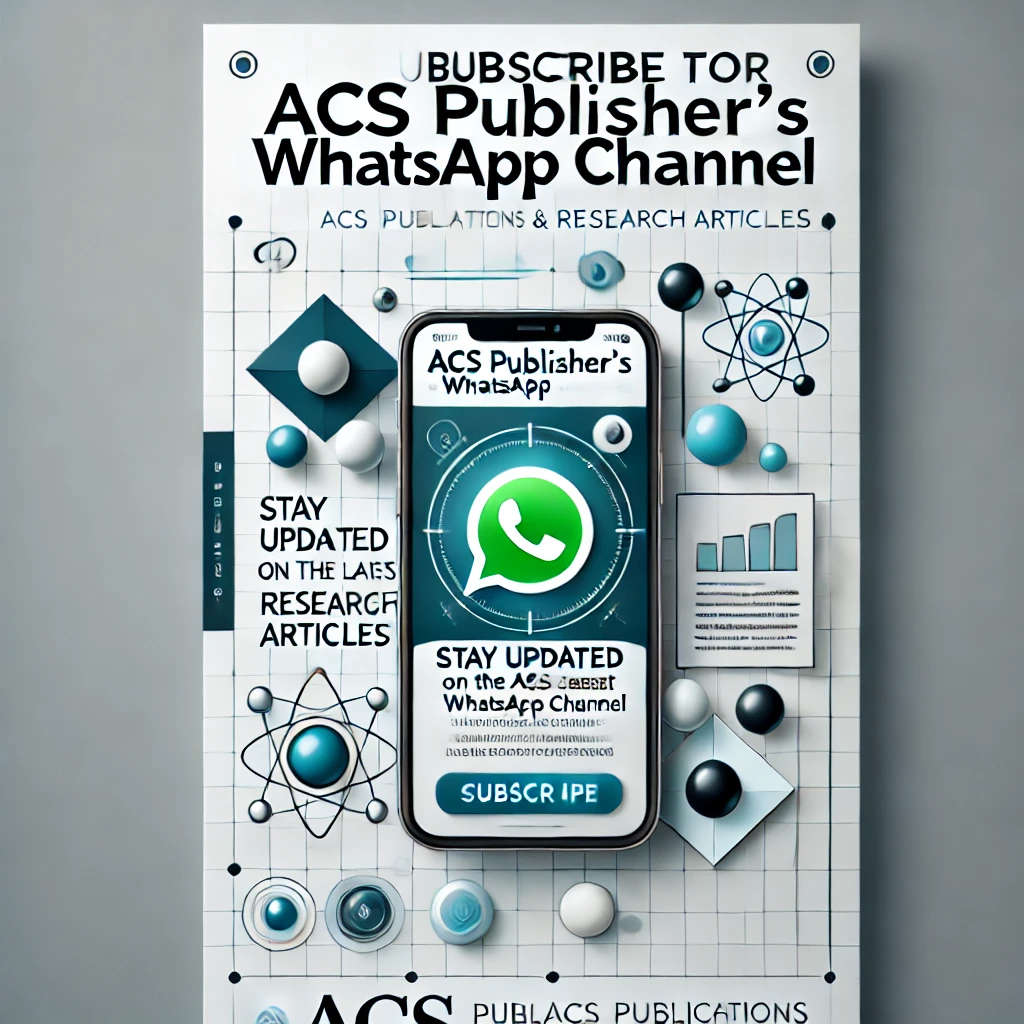Homoeopathic Silicea a Novel Elicitor to Enhance Secondary Metabolite Production in Micro propagation of Psoralea Corylifolia
DOI:
https://doi.org/10.48165/ahr.2025.10.1.9Keywords:
Callus induction, Homoeopathy, Micropropogation, Plant tissue culture, Psoralea corylifolia L., Psoralen Quantity, Secondary metabolite, SiliceaAbstract
Background and Objectives : Psoralea corylifolia Linn., an endangered medicinal plant with bioactive compounds, faces propagation challenges due to low rates of seedling emergence and high mortality of seedlings. This study aims to address these challenges using in vitro techniques and explores the use of homoeopathic Silicea to enhance secondary metabolite production, combining modern micropropagation and agrohomoeopathy for sustainable therapeutic potential. Methods: Homoeopathic medicine Silicea in various potencies (6CH, 12CH, 30CH, 200CH, 1M) was evaluated for its effectiveness in enhancing the production of secondary metabolites during the micropropagation of Psoralea corylifolia. The percentage of callus induction and the quantity of psoralen were determined and compared with positive controls, which included Auxin/Cytokinin treatment groups with different 2,4-D concentrations alone, and in combination with BAP or KN. Results: Homoeopathic medicine Silicea in different potencies (6CH, 12CH, 30CH, 200CH, 1M) were screened and found that the average % of callus induction tends to increase with the potency of Silicea. The highest average % of callus induction is observed for 1M and 200CH potency Silicea, while the lowest is seen for 6CH, 12 CH, and 30CH Silicea. The highest average psoralen quantity area was observed for 1M, but it was not statistically significantly different from 200CH and 30CH potency. Conclusion: Increasing the potency of Silicea from 6CH to 1M leads to a significant increase in the average psoralen quantity area. Hence, we can conclude that the homoeopathy medicine Silicea has the potential to increase the average psoralen quantity area.References
1. Dar RA, Shahnawaz M, Qazi PH. General overview of medicinal plants: A review. The journal of phytopharmacology. 2017;6(6):349-51.
2. Namdeo, A. G. (2007). Plant cell elicitation for production of secondary metabolites: a review. Pharmacogn Rev, 1(1), 69-79.
3. Baskaran P, Jayabalan N. Rapid micropropagation of Psoralea corylifolia L. using nodal explants cultured in organic additive-supplemented medium. The Journal of Horticultural Science and Biotechnology. 2007 Jan 1;82(6):908-13.
4. Pandey P, Mehta R, Upadhyay R. In-vitro propagation of an endangered medicinal plant Psoralea corylifolia Linn. Asian Journal of Pharmaceutical and Clinical Research. 2013;6(3):115-8.
5. Sharma S, Thokchom R. A review on endangered medicinal plants of India and their conservation. 6. Kuldeep Yadav KY, Narender Singh NS, Sharuti Verma SV. Plant tissue culture: biotechnological tool for solving the problem of propagation of multipurpose endangered medicinal plants in India. 7. Faisal M, Anis M. Thidiazuron induced high frequency axillary shoot multiplication in Psoralea corylifolia. Biologiaplantarum. 2006 Sep;50:437-40.
8. Siva, G., Sivakumar, S., Premkumar, G., Baskaran, P., Senthilkumar, T., & Jayabalan, N. (2014). Enhanced seed germination of Psoralea Corylifolia L. by heat treatment. World Journal of Agricultural Research, 2(4), 151-154.
9. Pereira MM, Martins AD, Morais LC, Dória J, Cavalcanti VP, Rodrigues FA, Pasqual M, Luz JM. The Potential of Agro-homeopathy Applied to Medicinal Plants-A Review. Journal of Agricultural Science. 2019 Mar 20;11(4):500-6.
10. Sen, S., Chandra, I., Khatun, M. A., Chaterjee, S., & Das, S. (2018). Agrohomeopathy: An emerging f ield of agriculture for higher crop productivity and protection of plants against various stress conditions. IJRAR, 5(4), 52-56.
11. Prieto Méndez, J., Prieto García, F., Hernández Pérez, A. D., & Quijada Morales, L. M. Agrohomeopathy: New tool to improve soils, crops and plant protection against various stress conditions. Review Agrohomeopatía: Nueva herramienta para mejorar la protección de suelos, cultivos y plantasfrente a diversascondiciones de estrés. Unarevisión.
12. Mohammadparast, B., Rustaiee, A. R., Rasouli, M., Zardari, S., & Agrawal, V. (2015). In vitro enhancement of psoralen as an important anticancer compound in Psoralea corylifolia through precursor feeding. Pharmaceutical biology, 53(5), 735-738.




